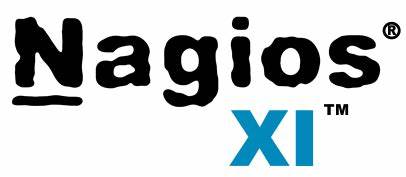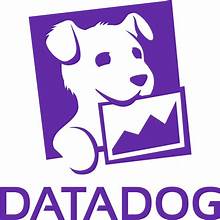Introduction
Sensu and Monitoring Frameworks
- Sensu architecture
- Self-service
- Cloud-native
Preparing the Development Environment
- Installing and configuring Sensu
Sensu Quick Start
- Setting up RabbitMQ
- Configuring Sensu Client
- Setting up Uchiwa
- Working with clients in Uchiwa
Sensu in Production
- Adding handlers and checks
Sensu Deployment
- Deploying with Puppet
- Deploying with Ansible
- Deploying with Salt
Security
- Securing RabbitMQ
- Hardening Sensu
Troubleshooting
Summary and Conclusion
Duration
21 hours (usually 3 days including breaks)
Requirements
- Experience implementing Microsoft Application Virtualization
Audience
- IT Professionals in charge of managing desktop configurations and deployments
- IT professionals wishing to expand their knowledge and skills in virtualization
Overview
Microsoft Application Virtualization (App-V) allows for the creation of applications that run as centrally managed services. App-V applications have the benefit of never needing to be installed directly on the end user’s computer and never conflicting with other applications.
In this instructor-led, live training, we cover advanced techniques and troubleshooting for Microsoft Application Virtualization (App-V), especially in the area of sequencing and packaging.
By the end of the course, participants will have a deep understanding of App-V and be able to sequence, troubleshoot and resolve complex issues.
Format of the course
- Part lecture, part discussion, exercises and heavy hands-on practice
Notes:
- This course covers version 5.1 of App-V. If you need training on a different version, please contact us to arrange.
- This course is focused on App Virtualization and does not cover other MDOP components.
Course Outline
Introduction
Overview of sequencing
Methods used for sequencing in App- V
- Sequencing a web-based application
- Creating a Virtual Environment for the application
- Sequencing an application that hard codes its install to the C:\ drive
- Performing an Open for Package Upgrade on an existing package
- Building scripts into an .OSD file
Merging and Overriding
- Overriding a local key
- Merging with a local key
- Overriding a local directory
- Merging with a local directory
Microsoft Office in App-V
- Understanding different versions of Office
- Developing an Office package for App-V using Office Deployment Tool
- Steps used in publishing the developed Office package
- Customization and management of the App-V packages
Comparing VFS to PVAD
- Use of Primary Virtual Application Directory (PVAD) in sequencing
- How VFS and PVAD are different in a virtual environment
- How PVAD can be accessed even if it hidden from view
Deploying and Testing Power-Shell
- Downloading and installation of the App-v server components
- Procedures that are followed in the deployment of the power-shell
- Common steps followed to test the deployed power-shell
Understanding Run-Virtual in App-V
- A sub-key is added to the run-virtual
- Acquisition of an AppvClientPackage Power-Shell cmdlet
- Use /appvpid:<PID> command line
- Make use of the /appvve:<GUID>
Patch and Updates in App-V
- Description of what patches and updates are
- Understanding Hot-fix 8 for App-V 5.1
- How Hot-fix 8 is used for updating purposes
Use of scripts in App- V
- More information on script-launcher
- Problems associated with app-v scripting solution
- Installation of a script- launcher supporting environment
- Description of the different types of scripts
Automating conversion to App-V
- Amount of time taken to convert should be considered
- The cost that is incurred is of importance also
- Techniques that can be used to convert in the future
Accelerators in App- V packages
- Description of package accelerators
- Steps in creating a package accelerator
Dynamic Configuration
- Configuring the user files
- Configuring the deployment files
Advanced Connection Groups
- The function of the configuration group file and where it is found
- A layout of the connection group file
- Configuration of packages in a connection group
- Connection groups that are virtually supported
Advanced Client Integration
- Description of what client integration in App-V is
- How integration is achieved in the App- V
- The importance of having the client integration in App-V
Troubleshooting App-V
- Avoiding rabbit holes
- Combining different areas of knowledge: foundational, operational, contextual
- Using Process Monitor to troubleshoot
- Troubleshooting the App-V client
- Troubleshooting the OSD file
Client Debugging
- Regular training of the customer care on the functions of the App-V
- Repairing a package
- Cleaning up of the connection group
- Understanding the client logs in the App- V
Package Optimisers in App- V
- Understanding what package optimisation is
- What is done to achieve space optimisation
- What is done to achieve performance optimisation
Best Practices
Summary and Conclusion



